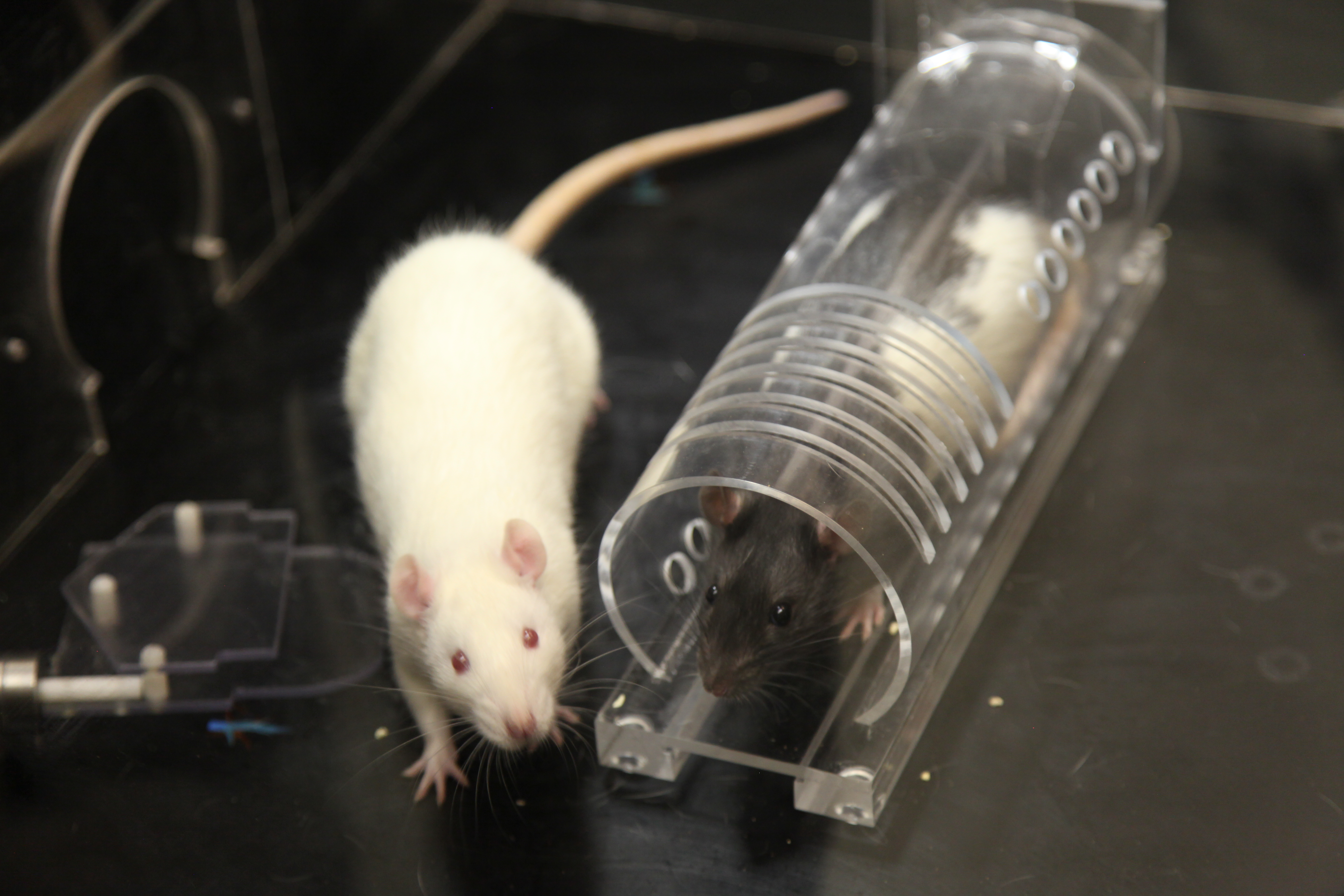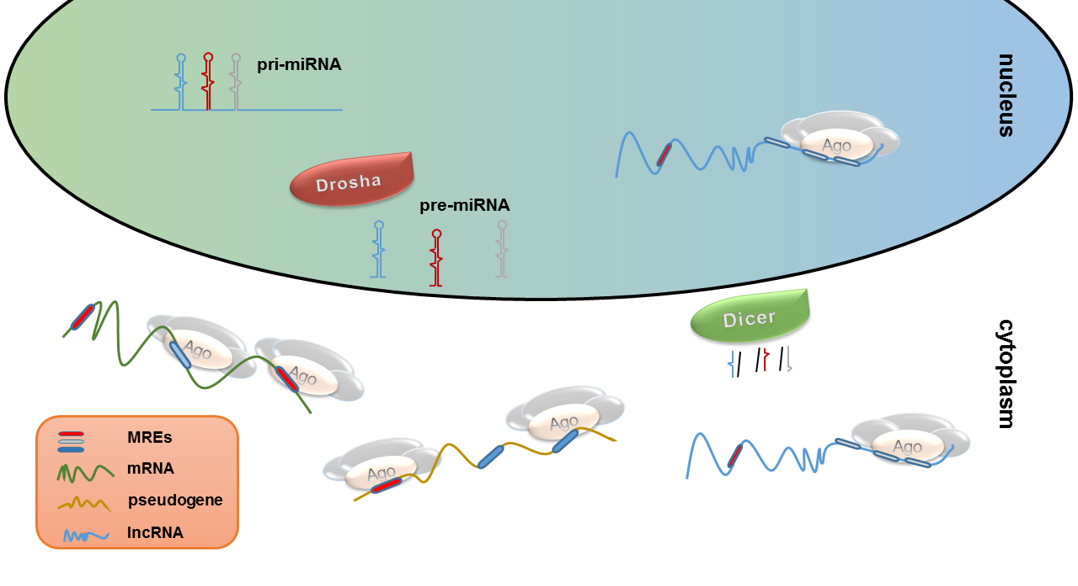Rat social behavior is a fascinating area of study that reveals much about how these animals interact and communicate within their groups. Researchers have used advanced AI methodologies to delve deeper into the complexities of social behavior in rats, uncovering details similar to human communication styles. By utilizing machine learning rats to analyze body language, scientists can quantify nuanced interactions that were previously overlooked in traditional observation methods. This innovative approach not only enhances our understanding of animal behavior but also holds the potential to shed light on human conditions like autism, highlighting the intersections between different species. As we continue to explore the social lives of these intelligent creatures, we gain valuable insights that may ultimately inform autism research and broaden our understanding of body language in both rats and humans.
The social interactions among rats provide a unique window into the intricacies of animal behavior. By examining the intricate patterns of connectivity and communication, researchers aim to decipher how these small mammals engage socially, revealing parallels to human relationships. The study of social dynamics in rodents offers a promising avenue for understanding complex behaviors, shedding light on how genetics and environment influence body language and interaction styles. Through the lens of animal behavior and advanced observational technologies, scientists can map the social landscapes of these creatures, paving the way for breakthroughs in autism research and machine learning applications in behavioral science. Such insights not only enhance our knowledge of rat society but also may inspire new therapeutic approaches for understanding social behavior across species.
The Significance of Rat Social Behavior
Rat social behavior is not just a fascinating subject for researchers; it can also provide profound insights into human behavior. Rats, being inherently social creatures, engage in complex interactions characterized by unique body language and social cues, much like humans. This similarity in social behavior allows scientists to explore patterns that might reflect fundamental social principles applicable across species. Understanding these interactions can pave the way for better comprehension of social disorders, including autism spectrum conditions. By observing how rats react and communicate through their body language and gestures, researchers can gather essential data that may translate into significant therapeutic approaches for treating social behavior issues in humans.
Moreover, the focus on rat social behavior underscores the importance of animal studies in advancing psychological and neurological research. The ability to quantify and analyze rat interactions using advanced machine learning techniques allows for a more nuanced understanding of their social dynamics. This method has seen researchers delve deeper into variables that influence social interactions, such as genetic predispositions and environmental factors. The potential findings from these studies could reshape our understanding of social functioning in animals and humans alike, opening new avenues for exploring the biological roots of social behavior.
AI and Its Role in Understanding Animal Behavior
Recent advancements in artificial intelligence are revolutionizing how researchers analyze animal behavior, particularly in studies involving rats. Traditional methods often relied on subjective observation, which limited the scope and accuracy of data collection. However, the introduction of machine learning techniques allows for the meticulous tracking of over 110 million movements captured in 3D, enhancing the accuracy of behavioral assessments. AI not only automates the laborious task of video analysis but also enables researchers to uncover patterns of behavior that were previously difficult to detect. This new capability is pivotal in allowing scientists to study complex social behaviors and identify underlying neural mechanisms.
The implications of using AI in studying rat behavior extend beyond simplicity; they represent a paradigm shift in behavioral research. By applying technology that can process vast amounts of data with precision, researchers can generate more reliable insights into both animal and human behavior. This approach is particularly relevant in autism research, where understanding the nuances of social interactions can illuminate how genetic and environmental factors influence behavior. As AI continues to evolve, its integration into ethology and psychology holds the promise of advancing our understanding of social behavior across species, potentially informing new therapeutic strategies.
Exploring Animal Body Language in Rat Behavior
Animal body language plays a crucial role in communication among species, and rats exhibit a diverse array of gestures and movements that convey social messages. These non-verbal cues are essential for establishing social hierarchies and forming bonds, which researchers are beginning to decode through modern technology. Observing how rats communicate, whether through grooming, proximity, or specific movements, provides valuable insights into their emotional states and intentions. The application of AI technologies enhances our ability to analyze these behaviors systematically, offering researchers a clearer picture of rat interactions and how they reflect social structures.
Moreover, distinguishing between various forms of body language in rats can shed light on the evolution of social behavior in mammals. The study of these gestures can help unravel the complexities of social interactions and identify how different social cues might impact learning and behavior. For example, understanding which gestures are indicative of dominance or submission in rat interactions can inform comparisons with human social behavior. As researchers continue to gather and analyze data on rat body language, the findings may reveal crucial parallels between species, enhancing our comprehension of communication and social behavior across the animal kingdom.
Implications of Rat Research for Autism Understanding
Research into rat social behavior carries significant implications for understanding autism, a complex condition characterized by varying degrees of social difficulties. By studying genetically modified rats that model certain aspects of autism, researchers can explore how specific genetic mutations influence social interactions. This experimental framework allows scientists to draw parallels between rat behavior and human conditions, providing a foundational understanding of autism’s social challenges. Through this lens, rats become vital subjects in identifying how social behavior patterns emerge from genetic and neurological factors.
Additionally, ongoing studies leveraging advanced AI techniques continue to unveil critical insights that may transform the way we approach autism research. By establishing a clearer link between genetics, brain function, and social behavior in rat models, researchers hope to uncover underlying mechanisms that could lead to innovative therapeutic interventions in humans. These discoveries could not only advance treatment options for individuals on the autism spectrum but also foster more effective support systems within the community, ultimately leading to improved social outcomes.
Machine Learning in Behavioral Studies
Machine learning has emerged as a powerful tool in behavioral studies, particularly for understanding animal interactions. By employing algorithms that can analyze vast datasets of behavioral observations, researchers can uncover subtle patterns and connections that traditional observational methods might miss. In the study of rats, machine learning facilitates an unprecedented level of detail in tracking movements and interactions, enabling scientists to assess the nuances of social behavior with accuracy. This method represents a significant leap forward in behavioral research, allowing for rigorous quantitative assessments that yield more reliable results.
The implementation of machine learning in rat behavior studies not only enhances data collection but also opens new avenues for exploration in behavioral science. As researchers continue to refine these techniques, the insights gained from rat interactions could inspire fresh perspectives on human behavior and social dynamics. Understanding how machine learning can parse complex social signals in rats lays the groundwork for similar applications in human psychology, potentially leading to breakthroughs in the understanding of social disorders and interactions.
Advancements in 3D Tracking of Animal Movements
The advent of high-resolution 3D tracking technologies marks a significant milestone in the study of animal behavior, particularly for researchers investigating the intricacies of rat social interactions. This cutting-edge technology allows scientists to visualize and analyze the spatial dynamics of rat movements in their social contexts, capturing interactions as they unfold in real-time. The detailed data collected not only provides insights into individual movement patterns but also enhances the understanding of group dynamics and collective behavior within rat colonies.
Moreover, the application of 3D tracking in behavioral studies offers the potential for longitudinal analysis, enabling researchers to monitor rats over extended periods. This can illuminate how social behavior evolves in response to environmental changes or genetic modifications. As studies progress, the integration of 3D tracking with AI algorithms promises to further enrich our understanding of complexity in social behavior, paving the way for discoveries that can influence both animal welfare and human psychological research.
The Interplay Between Genetics and Social Behavior
Genetics plays a pivotal role in shaping social behavior, as explored in current research focusing on rat models. Scientists are increasingly investigating how specific gene variations influence social interactions and communication among rats. By comparing behaviors exhibited by genetically modified rats with typical counterparts, researchers can begin to piece together the intricate biological underpinnings of social behavior. This line of inquiry not only aids in understanding rat behavior but also holds significant implications for human genetics and disorders like autism, where genetic factors play a crucial role.
Understanding how genetic modifications can alter social interactions in rats can help identify critical pathways involved in social behavior. As researchers uncover the relationships between genes and behavior, they can also explore the potential mechanisms that may exist between emotional responses and social engagement. This research continues to bridge the gap between animal studies and human behavioral outcomes, highlighting the importance of genetics in developing effective interventions for social disorders.
Future Directions in Animal Behavior Research
The future of animal behavior research, especially concerning rat social behavior, is set to be exciting with the continued integration of AI and advanced tracking technologies. As researchers become more adept at leveraging these innovations, it is likely that new findings will emerge regarding the neural circuits involved in social interactions. This could lead to a deeper understanding of how social behavior is processed within the brain, ultimately influencing models of human behavior and neurological conditions. With ongoing advancements, scientists will be able to question previously held assumptions and explore the complexities of social interaction further.
Moreover, the commitment to sharing data within the scientific community promises to foster collaborative efforts that can enhance research quality and speed. As researchers engage with shared findings and methodologies, they can develop more comprehensive models that explain social behavior both in rats and humans. This meaningful exchange of information could revolutionize treatment approaches for social disorders, ensuring that future research is more informed, interdisciplinary, and impactful.
Frequently Asked Questions
What insights can we gain about autism research from studying rat social behavior?
Studying rat social behavior can offer critical insights into autism research by highlighting how genetic variations affect social interactions. Rats exhibit similar social communication patterns to humans, allowing researchers to model human autism traits. For instance, variations in certain genes can influence how these animals engage socially, mirroring the spectrum of social behavior observed in humans with autism.
How does machine learning contribute to our understanding of social behavior in rats?
Machine learning enhances our understanding of rat social behavior by enabling the analysis of vast amounts of data related to their movements and interactions. Sophisticated AI techniques can track and quantify specific gestures and interactions at a level of detail that human observers cannot match, providing a clearer picture of the nuances in rat social dynamics.
What role does animal body language play in the study of rat social behavior?
Animal body language is crucial in the study of rat social behavior, as it offers insights into their social interactions and communication methods. Researchers observe how rats use touch and body movements to convey messages, similar to human gestures. Understanding this body language helps identify patterns of social behavior that are essential for studies in behavioral neuroscience.
How can AI methods improve the study of social behavior in rats?
AI methods significantly improve the study of social behavior in rats by enabling researchers to capture and analyze intricate movement data in 3D. This advanced technology allows for rigorous behavioral quantification, replacing subjective observations with objective measurements, enhancing the reliability of findings in the field of animal behavior.
What are the implications of mapping rat social behavior for understanding human social disorders?
Mapping rat social behavior has profound implications for understanding human social disorders, particularly autism. By identifying parallels between rat interactions and human social behaviors, researchers can explore the genetic influences on socialization, potentially uncovering mechanisms that could lead to new therapeutic approaches for treating social deficits in humans.
Why are rats considered effective models for studying social behavior and autism?
Rats are considered effective models for studying social behavior and autism due to their complex social structures and behaviors that resemble human interaction patterns. They can demonstrate a range of social responses influenced by genetic factors, which provides researchers a unique opportunity to explore the biological underpinnings of social behavior and its relevance to human conditions like autism.
| Key Point | Details |
|---|---|
| AI Methodology | New AI techniques allow for precise tracking of rat movements and social interactions, providing richer data for analysis. |
| Social Behavior Insights | The study reveals complex social behaviors and interactions among rats, mirroring human communication and social cues. |
| Implications for Autism Research | Research using genetically modified rats may illuminate understanding of autism, reflecting societal variations and behaviors. |
| Evolutionary Significance | Tracking rat social interactions sheds light on the evolutionary aspects of social behavior in mammals. |
| Data Sharing | The research team plans to share their findings, encouraging community engagement and further study into brain-behavior links. |
Summary
Understanding rat social behavior is pivotal as it provides insights into human social interactions and disorders such as autism. Researchers are leveraging advanced AI techniques to explore these connections more deeply, revealing the intricate ways in which rats interact socially. This research not only underscores the complexity of animal behavior but also holds the potential to inspire new therapeutic approaches for autism by elucidating the brain’s role in social interactions.



